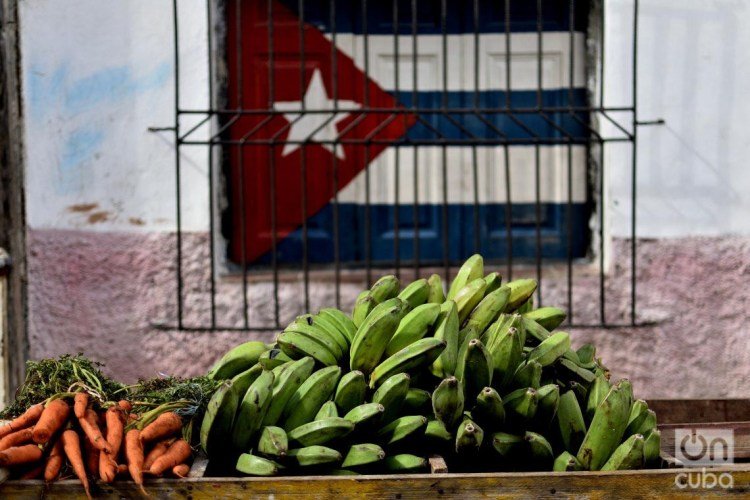The process of updating the economic model in Cuba has been in force since 2011. However, despite having implemented an important group of measures, the economy is significantly lagging:
- It has a lower growth rate than expected.
- The exports of goods fail to expand all that is required.
- Service exports have contracted primarily due to adverse conditions in the international arena.
- Tourism decreased in 2019 by nine percent (from 4.7 to 4.3 million), partly due to the intensification of the U.S. blockade that has imposed new restrictive measures such as the prohibition of cruise trips to Cuba, but also due to the drop in the arrival of visitors from several countries in Europe (Germany, United Kingdom, Spain, Italy and France).
- Professional services fell due to the emergence of right-wing governments in Latin America that have affected Cuban medical services. The main example is the return to Cuba of around 8,000 Cuban doctors from the More Doctors Mission in Brazil with the new government of Jair Bolsonaro. To this is added the difficult political situation faced by Venezuela, which is the first destination of Cuban medical exports.
In the search for multiple solutions that will finally boost the Cuban economy and, above all, to attract foreign exchange so necessary for this purpose, in October 2019 the Cuban government made the decision to inaugurate a network of stores for the sale of items in foreign currency.
Beyond opinions in favor or against such measure, the results are encouraging when verified:
- An increase in establishments and an expansion of their location. There are 80 stores, distributed throughout the national territory, not only in the municipal capitals, but also in other places appropriate for this type of commerce.
- The demand for the products sold in these stores is higher than planned, the most commercialized equipment being small format refrigerators, air conditioning consoles and electric motorcycles.
- The insertion of national productions in this scheme.
On February 6, the expansion of the products to be sold on this network was announced.
According to Minister of Economy Alejandro Gil, this new measure arises from the exchange with the buyers who have demanded the presence of other goods.
They will include, among others, security systems, electric generators, water heaters, cold stores, minibars, extraction hoods, lawn mowers, sewing machines, computer equipment such as laptops, desktop computers and computer parts and pieces.
The list confirms that this market is designed for a specific segment of demand for medium and high income, largely from remittances from abroad.
It is correct to differentiate the market, only that the majority segment of the population that perceives an expansion of the social differentiation and only benefits through redistribution policies that are not so obvious should be kept in mind.
Likewise, it was announced that the possibility that individuals import through specialized state-owned enterprises, a highly anticipated modality, is being realized.
Another relevant announcement is that the sale of vehicles in CUC, approved since 2014, will now be in foreign currencies with a 10 percent discount on its current price. 85 percent of sales revenue will be used to improve public transportation.
Cuba authorizes sale of automobiles with 10 percent discount
This is, perhaps, the announcement that generates the most questions:
- What real impact has the sale of cars in Cuba from 2014 to 2019 had in terms of revenue, taking into account that prices in the Cuban market far exceed those of the international market?
- Can an increase in demand be expected with the new measure if it is announced that such prices will only decrease by 10 percent?
- What significance can the reinvestment of 85 percent of sales revenue have in improving the country’s public transportation? How many of those buses, vans or others that are needed today can be purchased based on this source of income?
- Is only new means of transportation needed in Cuba or is the problem certainly much greater if one considers the real state of the roads?
- What temporary horizon is expected to see the results of this measure in the improvement of public transportation?
- In the event that there is an expansion in demand, is Cuba prepared for a greater circulation of cars, in the midst of a deep crisis with fuel supply and insufficient road infrastructure?
These are just some of the questions that the new measures announced by the authorities generate in a public prepared to interpret them.
* This text was originally published by Inter Press Service. It is reproduced with the permission of its publishers.










